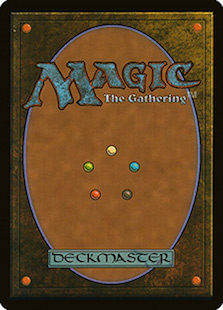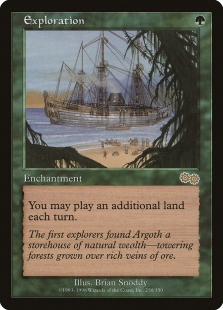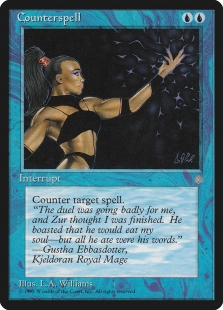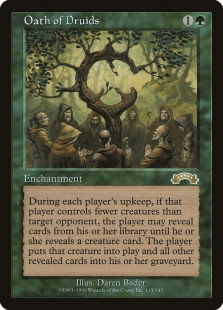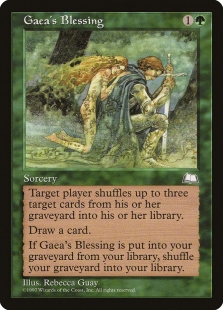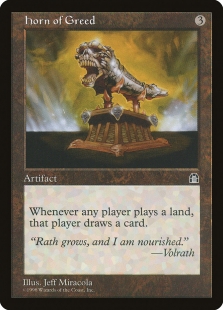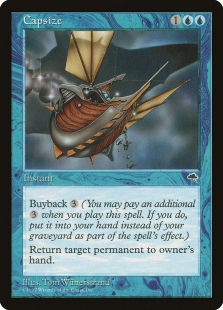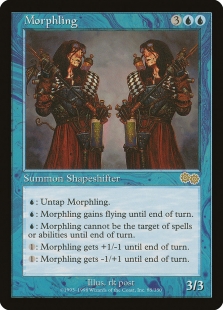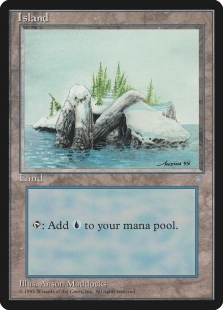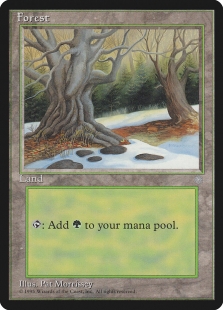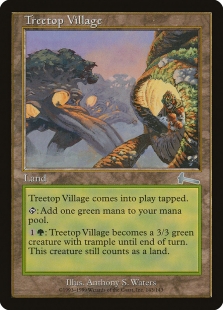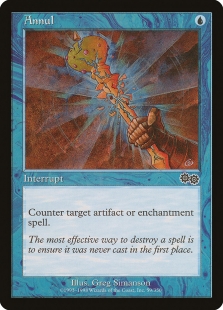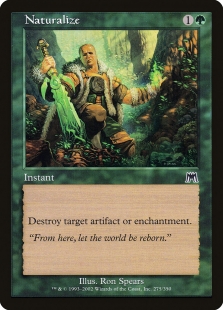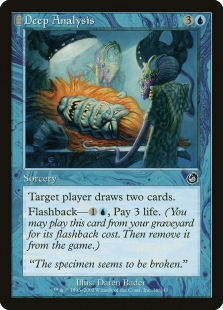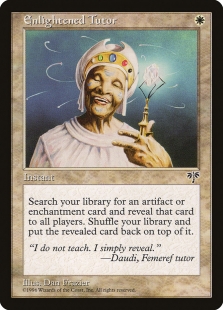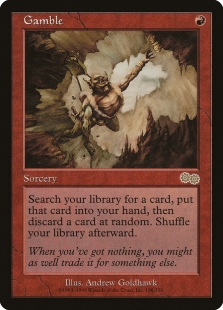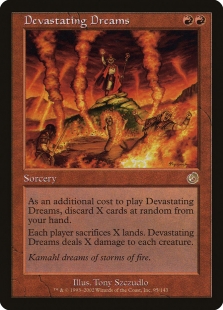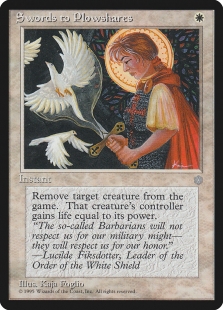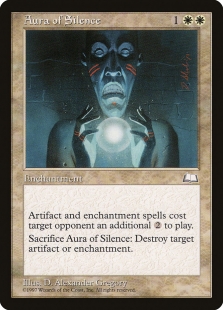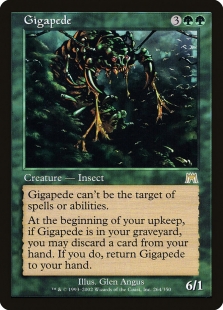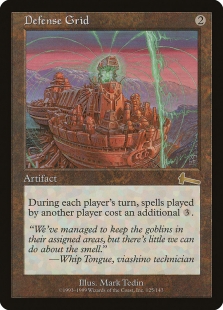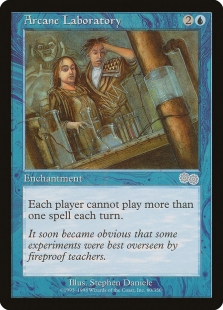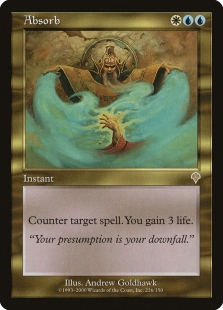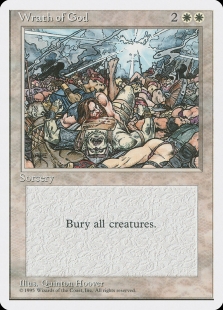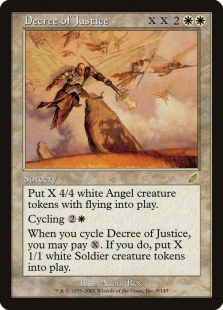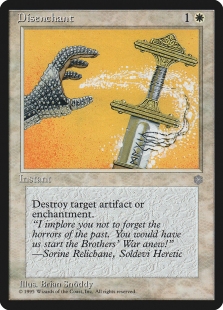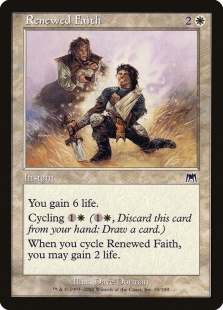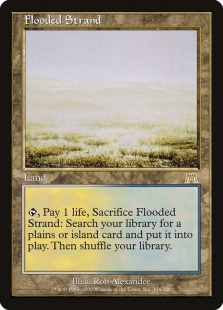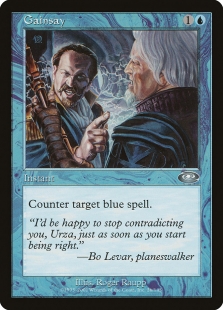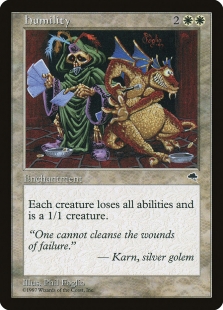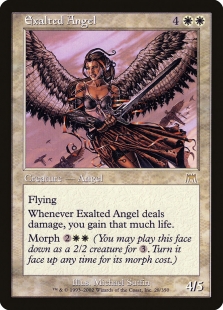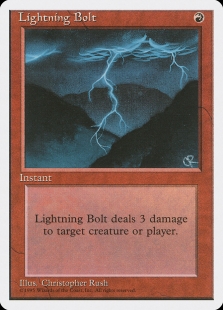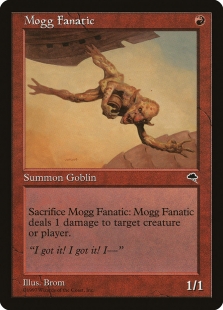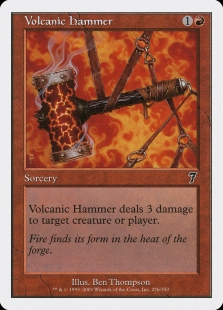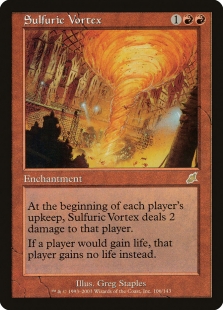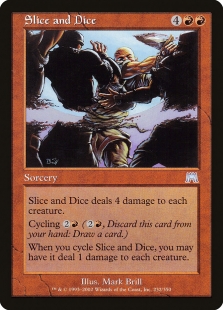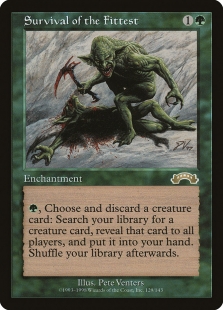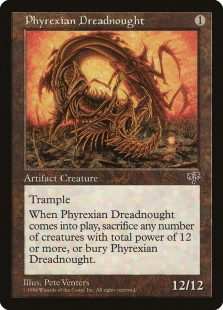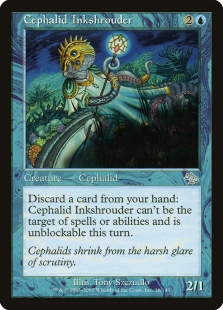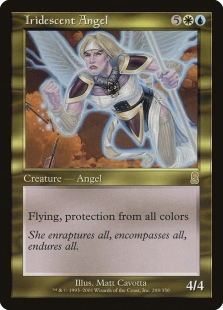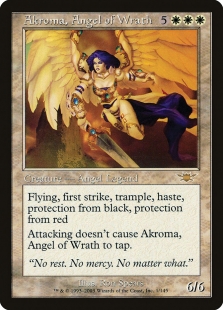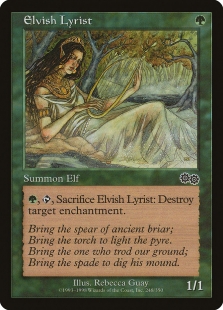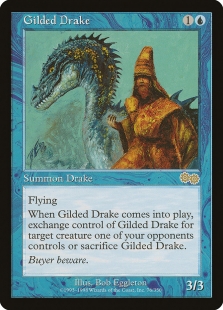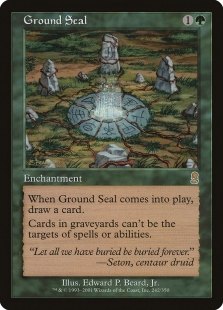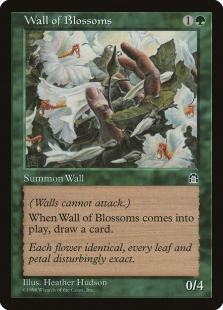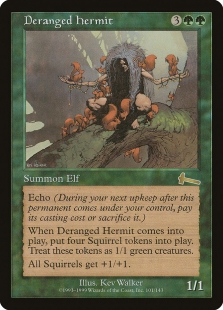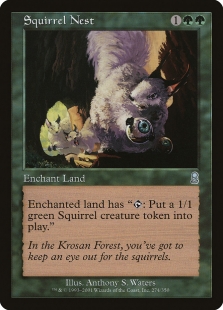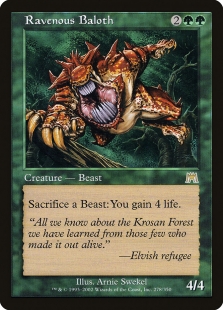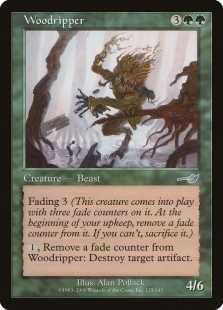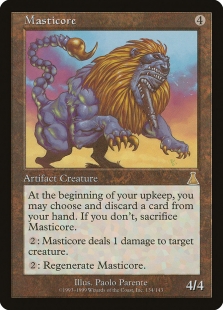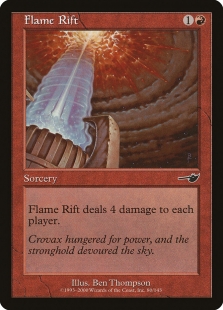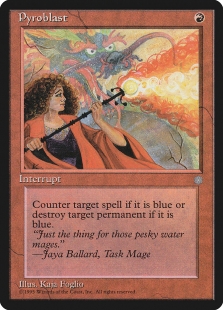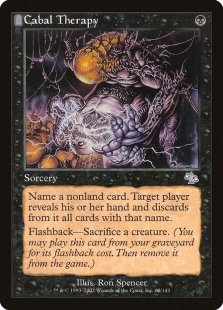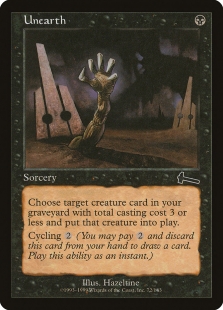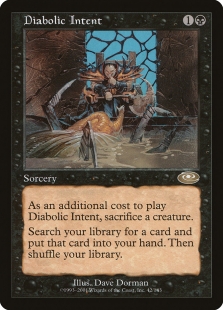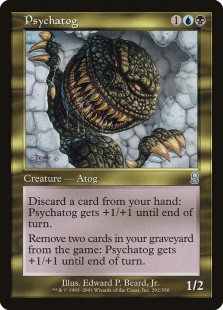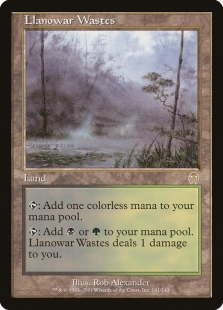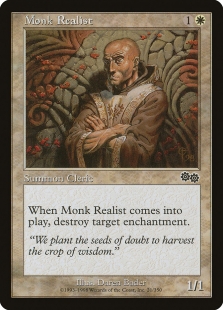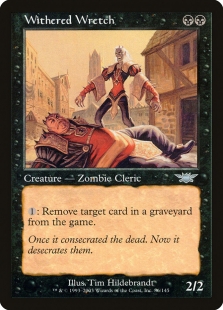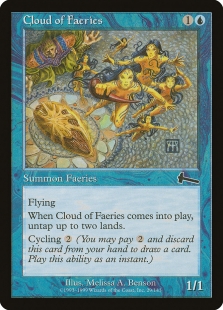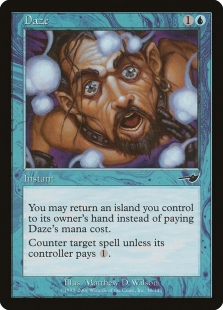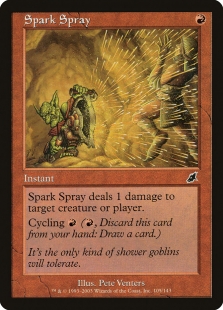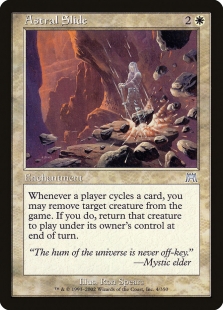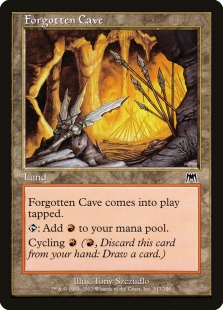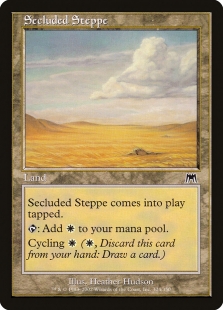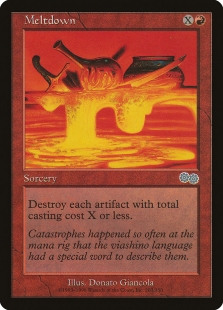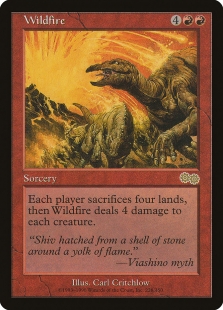Prologue
Somewhat surprisingly, perhaps, I’m not a very nostalgic person. But one thing I really liked about playing Magic in the Premodern era was the unified geographical tournament structure, with Nationals feeding the European Championships, in turn feeding the World Championships and the whole Pro Tour circuit. No matter at what level you played at, the Nationals event always felt like the Christmas of the Magic year, not least because “everyone was there”. In 2001 I finished in the top 8 of the Swedish Nationals playing the following “Nether-Go” deck, in a field full of Yavimaya Fires decks:
Swedish Nationals 2001: Martin Berlin 4 Underground River 4 Salt Marsh 12 Islands 5 Swamps 3 Nether Spirit 4 Counterspell 4 Undermine 3 Vendetta 4 Accumulated Knowledge 4 Fact or Fiction 3 Force Spike 2 Tsabo's Decree 2 Duress 2 Opt 1 Foil 1 Spite/Malice 2 Recoil Sideboard 1 Vendetta 2 Tsabo's Web 2 Cremate 2 Misdirection 3 Ascendant Evincar 3 Gainsay 1 Tsabo's Decree 1 Duress
This qualified me for the Euro Champs in Milan, Italy, held the same year. I don’t remember too much of that event, actually, but somehow the idea of a Euro Champs in Italy must have stuck with me…
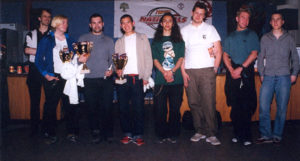
Swedish Nationals top 8, 2011. Yours truly to the right in the grey sweater
The year after (around Odyssey block) I qualified for the Euro Champs in Amsterdam, Netherlands, on DCI ranking. I was 18 and at that point I had no motivation for Magic anymore (I started in ’94, so I had played for over seven years at this point). The only “preparation” I did for that tournament was drinking coffee and playing some Backgammon with Thomas Rosholm (one of the best Swedish Magic players back in the days, featured on the very left of the picture above). I don’t think I brought a sideboard even and the tournament went really bad. After that I took a long break from the game, starting playing again in 2009, around the time when Zendikar was released.
Fast forward to 2018. When I started to introduce Premodern outside of the Swedish community, I got the idea of bringing back the championships tournaments, in a more casual form. The end-game would not be the Pro Tour, but mostly the glory of being a national champion this time. So far, the Swedish Nationals and the Italian Nationals have taken place, and the French Nationals are scheduled for the 2nd December. Now, I’m a firm believer in building the community bottom-up, starting locally. But to take Premodern to the next level and achieve something of a global metagame, it would also be necessary for the local and national communities to mix at some point, thus begging the question of an international tournament.
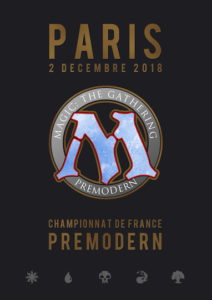
French Nationals coming up!
Perhaps it was because of my own experience from 2001, or because the Italians seemed particularly enthusiastic about Premodern from the start. Or perhaps just because I like Italian food. But I knew from the start that the first European Championships should be held in Italy. And shortly after I got the idea, Domenico “Megù” Chionetti, one of the organizers of the Fishliver Oil Cup, messaged me and told me that they wanted to dedicate one day to a Premodern tournament. Perfect! 🙂
For those of you not familiar with it, the Fishliver Oil Cup is a 93/94 tournament that, in only a couple of years, has grown to be one of the largest ones internationally, thanks to the industrious and big-hearted organizers. The tournament was going to be held in Genova, Liguria, which also happens to have a thriving Premodern community, among the first ones to pick it up in Italy.
So far so good, but would people actually travel to Genova just to play this obscure little format of ours, on a Sunday in the end of October? Although I never doubted it, it was far from obvious at this point…
The starting field
But turned up they did, 43 players in total, making it the largest Premodern tournament so far! And this was despite terrible weather conditions during the whole weekend, as a large part of Italy, including Genova, was hit by a storm, causing floods due to the heavy rain. This probably kept some Italians from travelling to the event by car from other regions. Judging from the names, 28 were Italian and the others were from France, Germany, Poland, Sweden and the UK. Plus a random guy from New Zealand. We’ll get back to him. The archetypes played were as follows (I’m missing two decklists):
9 UW Standstill
5 Sligh
4 The Rock (1 Natural Order, 1 ”junk”)
3 Full English Breakfast
3 Stifle-Nought (2 UR, 1 UB)
2 UG Madness
2 Stasis
1 Turboland
1 Counter-Rebels
1 Enchantress
1 Trix
1 Goblins
1 Four-Colour-Control
1 RW Astral Slide
1 Elves
1 Rec-Sur
1 UW Squee-Compulsion Control
1 Squirrel Prison
1 Pink Prison
1 Zombie Spark
That’s 20 distinct archetypes! UW Standstill, which has been established as the mainstream control deck in the format, stands out as the most represented deck. Several Italians went with this deck, including Stefano Mannella who took down the Italian Nationals with it some time ago. The second most represented deck is the red aggro deck Sligh, which has also put up good results lately, winning the tournament at GP Stockholm and more recently the Premodern Online Open (there should be a report from this tournament too). The third most played deck is the midrange deck The Rock, in different flavours. This deck hasn’t really been “figured out”, the way UW Standstill and Sligh have. I hope to return to that, and my take on the deck, in a future blog post. From there on there is just a lot of variety in the decks, with different takes on control, aggro, midrange, combo and prison making up the majority of the field.
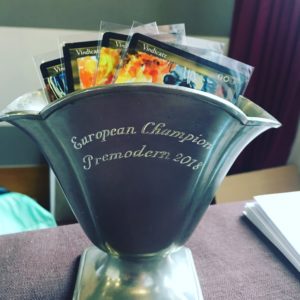
First prize: a hand engraved vintage cup and a playset of altered Vindicate.
What was not played, then? First, I’m a bit surprised to see only one Goblins deck. Getting ahead of the results a bit, this deck was played to a solid 4–2 record by my friend Per Rönnkvist, who also had good results with it previously. The deck is seriously strong, but perhaps people expected a lot of Sligh, which seems to have the upper hand in the red aggro mirror. I suspect it mostly comes down to chance rather than meta-gaming, though. The second thing that stands out to me is the complete lack of Yawgmoth’s Bargain decks. C’mon, it’s a card on the watch list! 😉 I know from having played it quite a bit myself that the Bargain-Rector version is no joke, but I guess that the deck is not for everyone. It’s one the more expensive in the format and it takes a certain mindset to play. Samuel Korsell was not there to represent his creation, but he did a video deck-tech for those of you who are interested in the deck.
The Swiss
Six rounds of swiss were played, followed by a top 8. I took the tough decision not to play myself, so that I could do a stream commentary of the whole tournament for you guys! 🙂 Oh, almost the whole tournament, that is, as the internet of the hotel where the event was held went down completely after the quarterfinals. Oh well. But here goes:
By the way, if I seem a bit tired on the stream it’s because I was. I played in two 93/94 tournaments held on Friday and Saturday prior to the Premodern tournament, and they went really late (around 3-4 AM), as I got lucky to make it to the finals and semifinals, respectively. If you’re into that format, Bryan Manolakos of All ‘Tings Considered did a podcast interview with me about my deck choices, and we even talked a bit about Premodern in the end.
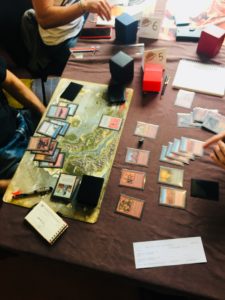
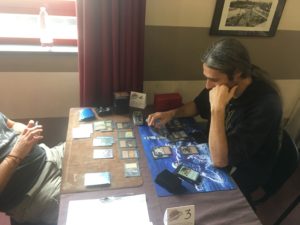
Swiss matches. Pic 1. Standstill vs Goblins. Pic 2. Enchantress vs Goblins.
The Swiss rounds went smoothly, and the standings after the final round were as follows.
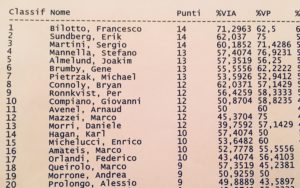
The Top 8
Let’s start with a look at the top 8 decks.
This is a really interesting top 8. Starting with the most represented decks in the field, Sligh overperformed with two out of five in the top 8 and UW Standstill underperformed with only one out of nine. But I’m more excited about the other decks. Look at that, two out of three Full English Breakfast (FEB) decks made it! Bryan Connolly’s which is more discard based and Sergio Martini’s which has counterspells, but also the Phyrexian Dreadnought + Stifle combo. The ‘nought can of course be pitched to Volrath’s Shapeshifter as well for some good beatdown. Previous to this tournament, FEB enthusiast Joakim Jansson took the deck to a top 4 at GP Stockholm, but this clearly a breakthrough for this archetype! See also Joakim’s guest blog post about the deck here.
It’s also a bit of a breakthrough for Survival of the Fittest, a card played in both the two FEB decks and in Joakim Almelund’s super-sweet UG “Squirrel Prison” deck, combining mana creatures with Survival, Squirrel Nest, Opposition and Tangle Wire.
Erik Sundberg is, without a doubt, one of the most enthusiastic Swedish Premodern players. His “Pink Prison” is a complete homebrew completely stacked with cards meant to make your opponent miserable. Winter Orb, Rishadan Port, Sphere of Resistance and… Devastating Dreams. Damn, I must say I overlooked that one. The deck uses the Land Tax–Scroll Rack engine to keep the whole thing going, together with the full set of Enlightened Tutor AND Gamble, to find the right combination of engine and lock pieces. The tutors also allow him to leverage silver bullets like Warmth from the sideboard. It seems as if Erik made a sport out of playing as few wincons as possible, however, with only a singleton Gigapede (!) in the main deck and one Black Vise in the board. Erik has promised to tell us more about the deck in a forthcoming tournament report.
Lastly we have Gene Brumby’s Turbo Land deck. It’s essentially a Premodern-adapted version of an old Extended deck by Zvi Mowshowitz. It’s easy to love this combo-control deck based on the Horn of Greed / Exploration / Gush engine. When it works, it draws a ton of cards, generates even more mana, and has the possibility of taking infinite turns with Time Warp and Gaea’s Blessing. At the same time, I can’t help feeling that the deck looks a bit fragile, as it has no turn one interaction and essentially no way of dealing with permanents. All the more cred to Gene’s skills—from what I saw he played real tight. You may note, by the way, that there are only three copies of Horn of Greed in Gene’s deck. This is not some next-level tech, but he told me that he couldn’t find a fourth copy.
The top 8 played out as follows.
Quarterfinals:
- Francesco Bilotto w. Sligh beat Bryan Connolly w. FEB
- Erik Sundberg w. Pink Prison beat Michael Pietrzak w Sligh
- Gene Brumby w. Turbo Land beat
- Stefano Mannella w. UW Standstill beat Joakim Almelund w. Squirrel Prison (the last match featured on the stream)
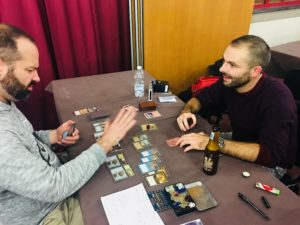
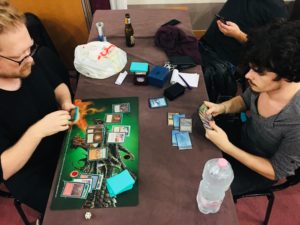
Semifinals. Pic 1. Francesco asks for a beer after the second Chill hits the table, whereafter Gene plays a third one. Pic 2. Winter Orb doing work vs UW Standstill.
Semifinals:
- Erik Sundberg beat Stefano Mannella
- Gene Brumby beat Francesco Bilotto
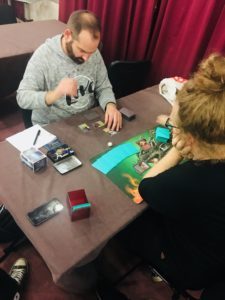
Finals. A lot of dice rolls were made to decide the outcome of Gamble…
Both Gene’s and Erik’s decks are thin on wincons, and the finals match took some time to finish. Erik’s main hope in the matchup is Winter Orb, and that plan seemed to work in the first game, but Gene eventually found his one-off capsize, allowing him to untap with a ton of mana to do his thing. The second game was a grind too. At some point Erik resolved a Devastating Dreams for seven, killing Gene’s morphling in the process. But at that point he was out of basic lands to fetch with Land Tax, and he didn’t have a Scroll Rack to put back the few he had left in his hand. The match finished 2-0 in favour of Gene. Congratulations to him, for winning the first European Championships in Premodern!
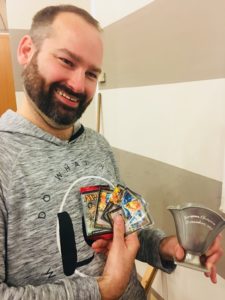
Oh, remember that there was one player from New Zealand? That’s Gene actually. So we have a New Zealander as the first European champ! That’s pretty hilarious if you ask me. Gene promised to organize a tourney back home so that we Europeans can get our revenge. 😉
Epilogue
I definitely want to do this again next year and I’m already curious to see how the meta-game of an even larger tournament would play out. No promises, but I might have something else in mind for 2019 too, if you can guess what…
Overall I think the format feels healthy at the moment and the results from this tournament do not call for any changes (at least with respect to cards to ban). I wrote in the previous ban list announcement that a revision could be expected by the end of this year, and I plan to stick with that timetable, i.e. I will make an announcement within a couple of months (regardless of whether there will be any changes or not). From next year on I plan to revise the ban list once a year.
Finally, I want to thank all participants who made the effort to come. I wish there was more time to chat with you in person. Thanks to the whole Fishliver Oil Crew for an amazing event. Thanks also to Ariel Vicente for the gorgeous championships posters, and to Wak-Wak and Gordon Andersson for help with the stream.
As usual, you’re welcome to discuss this article and talk about Premodern in general on Facebook and on our Discord.
Bonus decks
I know you love decks, so here are two sweet ones that didn’t make the top 8. 🙂
Daniele Morri went a solid 4–2 with this UR Stifle-Nought. From what I understand, he’s been tweaking this deck for quite a while, and he’s had some good results with it in local tournaments.
The second bonus deck is RW Astral Slide piloted by Marco Amateis to a 16th place finish and featured on the stream. This deck looks quite fun to play, and I’m sure there are many other ways to build the archetype as well, e.g. with Avalanche Riders.
